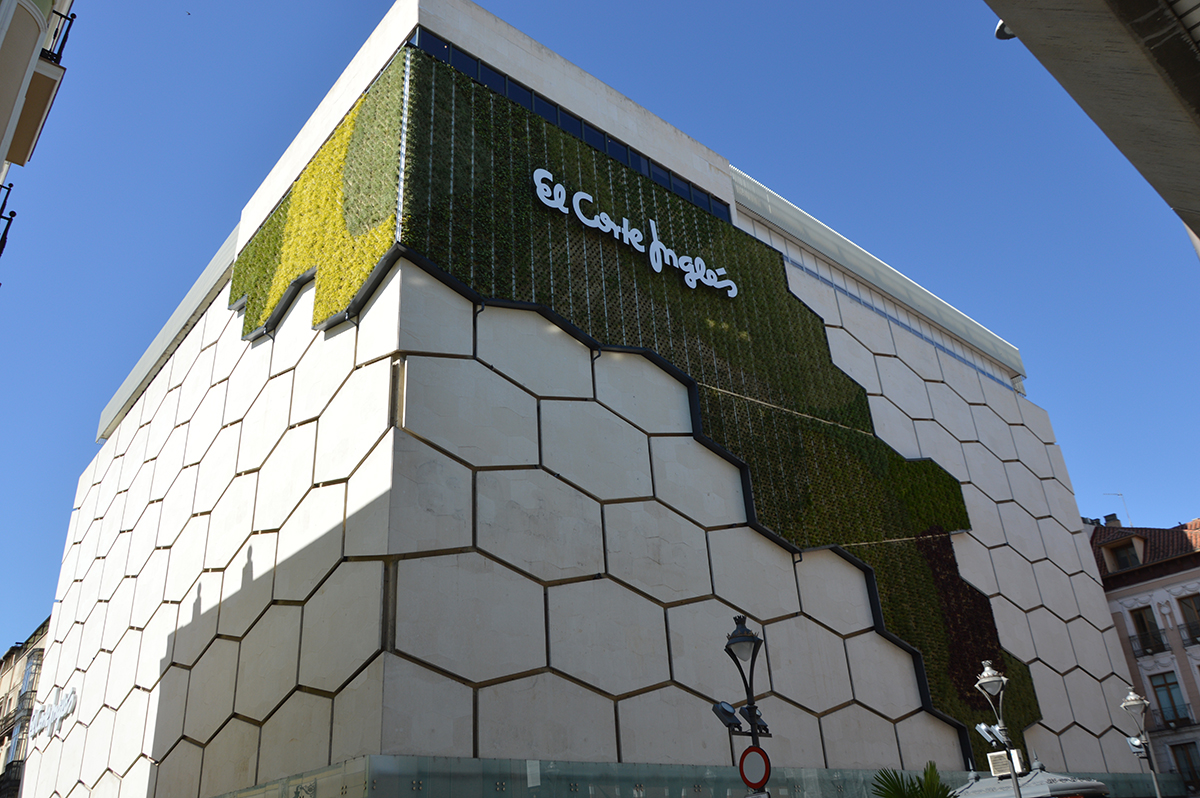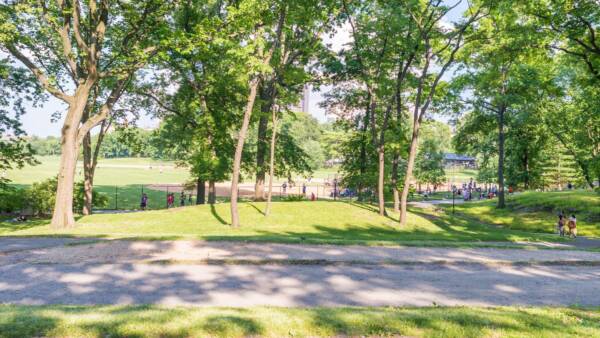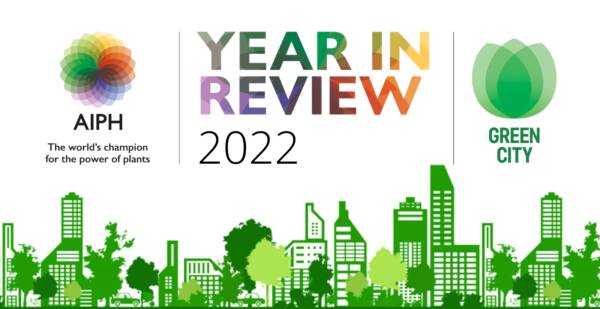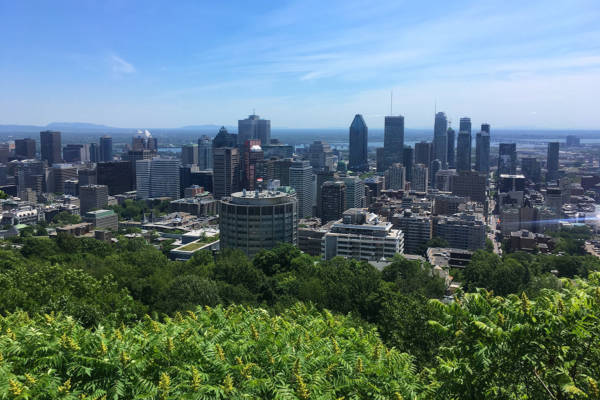The use of NbS can provide multi-dimensional benefits to urban areas. These include but are not limited to, improved air and water quality, urban regeneration and improved public health. However, making the right decision on where to implement what type of NbS can be a challenge. It relies on an optimisation of trades and capacity to facilitate implementation. Croeser et al., (2021) trialled a decision tool that supports practitioners and policymakers to form a consensus and shared understanding in relation to choosing the right NbS for the urban context.
Nature-based Solutions (NbS) are helping practitioners and policy makers tackle pressing urban challenges. Defined by IUCN as “actions to protect, sustainably manage and restore natural or modified ecosystems that address societal challenges effectively and adaptively, simultaneously providing human well-being and biodiversity benefits.” [IUCN Global Standard for NbS | IUCN]. NbS often provide additional benefits, for example green roofs built for flood mitigation may also assist to reduce heat island effect, and the construction of wetlands can support local biodiversity through integrating mid-storey planting, whilst also reducing flood risk, improving water quality, and providing community engagement with nature (Croeser et al., 2021).
NbS are dynamic systems that influence a wider ecosystem and should therefore be considered comprehensively. IUCN highlights the challenges of creating high quality, sustainable NbS and promotes the creation of a global standard. Coinciding with this idea is the work of Croeser et al. on how to choose the right NbS to meet diverse urban challenges. Their research examines the wide-ranging actions classified as NbS in relation to the requirement to correctly implement such actions. This research presented eight factors for success:
The eight success factors are:
- Stable executive and political support
- Suitable internal processes, standards
- Tailored regulations and policy
- Culture of innovation and risk tolerance
- Supportive departments in other levels of government
- Access to suitable technical skills
- Staff have time and motivation
- Advanced community engagement skills
- Alignment of internal departments
Over the course of the project, they created and tested a tool to understand the capacity requirements to achieve these factors. The tool was tested with the seven cities participating in the European Union project ‘Urban GreenUP’. The tool produces a scored NbS table with recommendations. During the trial some users found the tool ranked NbS considerably differently to how they had ranked them. This left some users with interesting possibilities, including the option to disregard the tool’s logic or question if unstated factors had informed their NbS selection. At present the tool functions most efficiently at a neighbourhood scale rather than project specific location. The researchers intended for the tool to provide guidance at a large scale which would then influence smaller more specific selection for projects. As interest in NbS continues to grow there is opportunity for the creation of tools and standards such as those discussed here to support policy makers and urban managers. As this area of research continues to develop there is a strong focus on encouraging alignment and mutual understanding amongst the often-complex networks of stakeholders involved in NbS delivery.
Learn more: Choosing the right nature-based solutions to meet diverse urban challenges – ScienceDirect



















